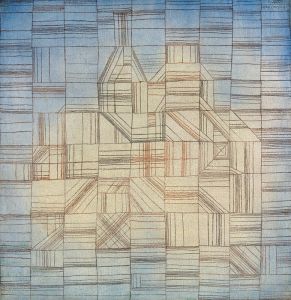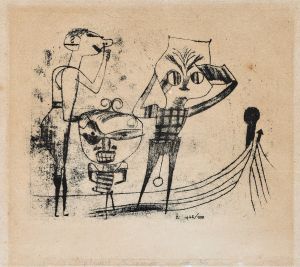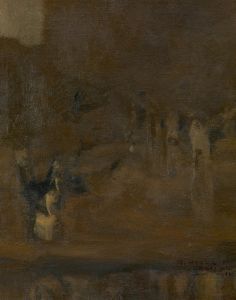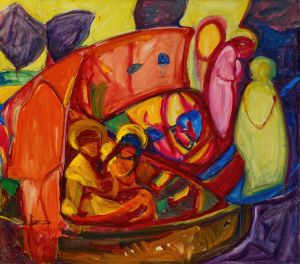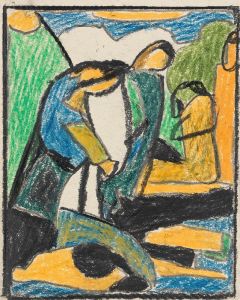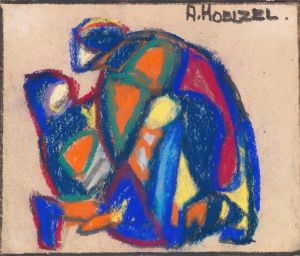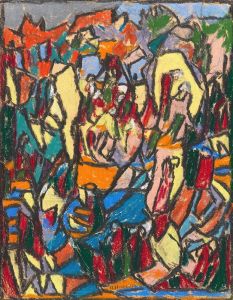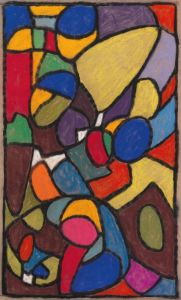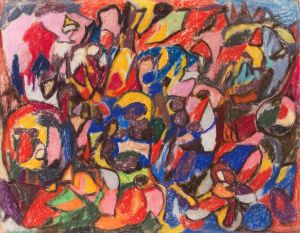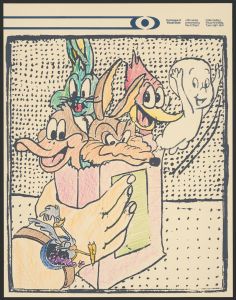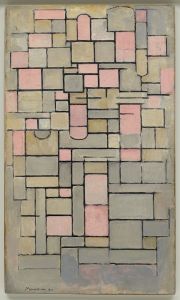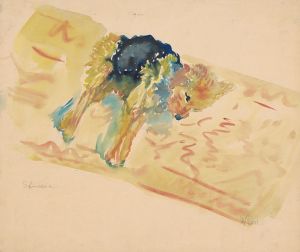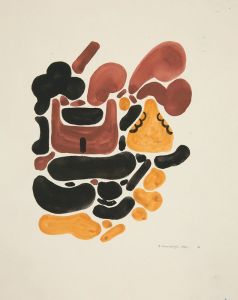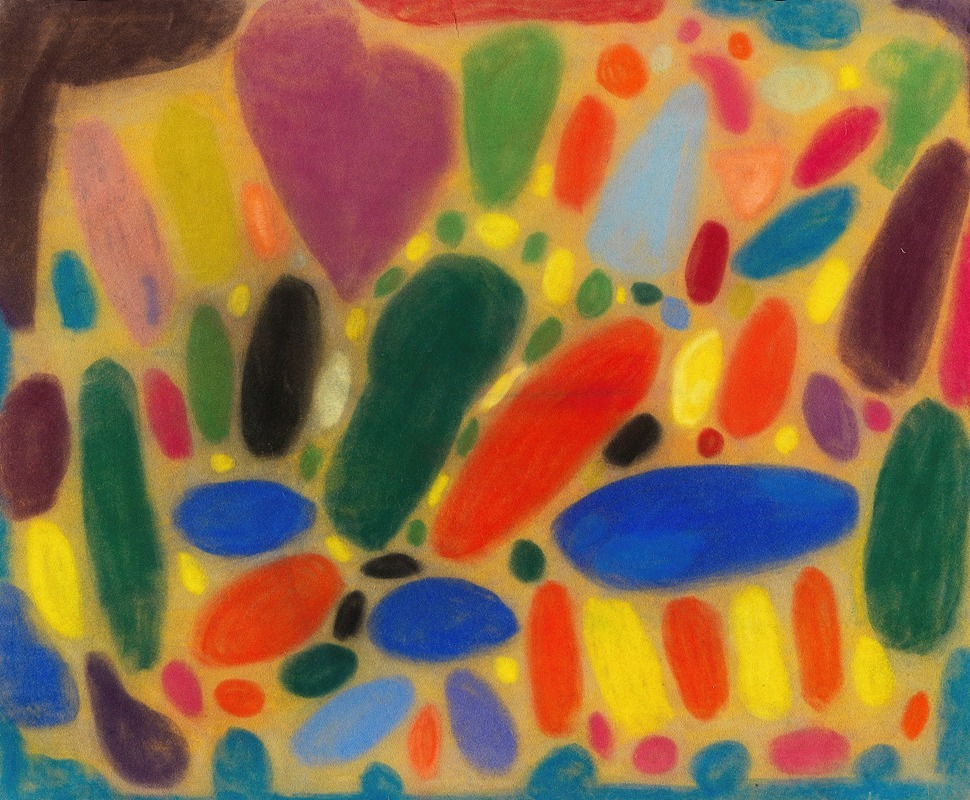
Farbkomposition mit Rund- und Ovalformen
A hand-painted replica of Adolf Hölzel’s masterpiece Farbkomposition mit Rund- und Ovalformen, meticulously crafted by professional artists to capture the true essence of the original. Each piece is created with museum-quality canvas and rare mineral pigments, carefully painted by experienced artists with delicate brushstrokes and rich, layered colors to perfectly recreate the texture of the original artwork. Unlike machine-printed reproductions, this hand-painted version brings the painting to life, infused with the artist’s emotions and skill in every stroke. Whether for personal collection or home decoration, it instantly elevates the artistic atmosphere of any space.
Adolf Hölzel (1853-1934) was a German painter and art theoretician, known for his significant contributions to modern art and his role as a pioneer of abstract art. One of his notable works is "Farbkomposition mit Rund- und Ovalformen" (Color Composition with Round and Oval Forms), which exemplifies his innovative approach to color and form.
Hölzel was born in Olomouc, Moravia, and studied at the Academy of Fine Arts in Vienna and the Academy of Fine Arts in Munich. He initially worked in a naturalistic style but gradually moved towards abstraction, influenced by his interest in the spiritual and expressive potential of color and form. In 1905, he became a professor at the Stuttgart Academy of Fine Arts, where he influenced a generation of artists, including Oskar Schlemmer, Johannes Itten, and Willi Baumeister.
"Farbkomposition mit Rund- und Ovalformen" is a prime example of Hölzel's mature abstract style. The painting features a dynamic arrangement of circular and oval shapes in vibrant colors, creating a sense of movement and harmony. Hölzel's use of color is particularly noteworthy; he believed that colors could evoke emotions and spiritual experiences, and he often used them in bold, contrasting combinations to achieve this effect.
Hölzel's theoretical writings and teachings were instrumental in the development of abstract art in the early 20th century. He emphasized the importance of composition, color theory, and the spiritual dimension of art. His ideas were influenced by the Symbolist movement and theosophy, which sought to explore the deeper, often mystical aspects of human experience through art.
In "Farbkomposition mit Rund- und Ovalformen," Hölzel's exploration of form and color can be seen as a visual representation of his theoretical principles. The painting does not depict any recognizable objects or scenes, focusing instead on the interplay of shapes and colors to create an abstract composition. This approach was revolutionary at the time and helped pave the way for later developments in abstract art.
Hölzel's impact on the art world extended beyond his own work. As a teacher, he encouraged his students to experiment with new techniques and ideas, fostering an environment of creativity and innovation. His influence can be seen in the work of many prominent artists who studied under him, and his contributions to art theory continue to be recognized and studied today.
"Farbkomposition mit Rund- und Ovalformen" remains an important work in the history of abstract art, reflecting Hölzel's pioneering spirit and his commitment to exploring the expressive potential of color and form. Through this painting, Hölzel demonstrated that art could transcend the depiction of the physical world and instead evoke deeper emotional and spiritual responses.





